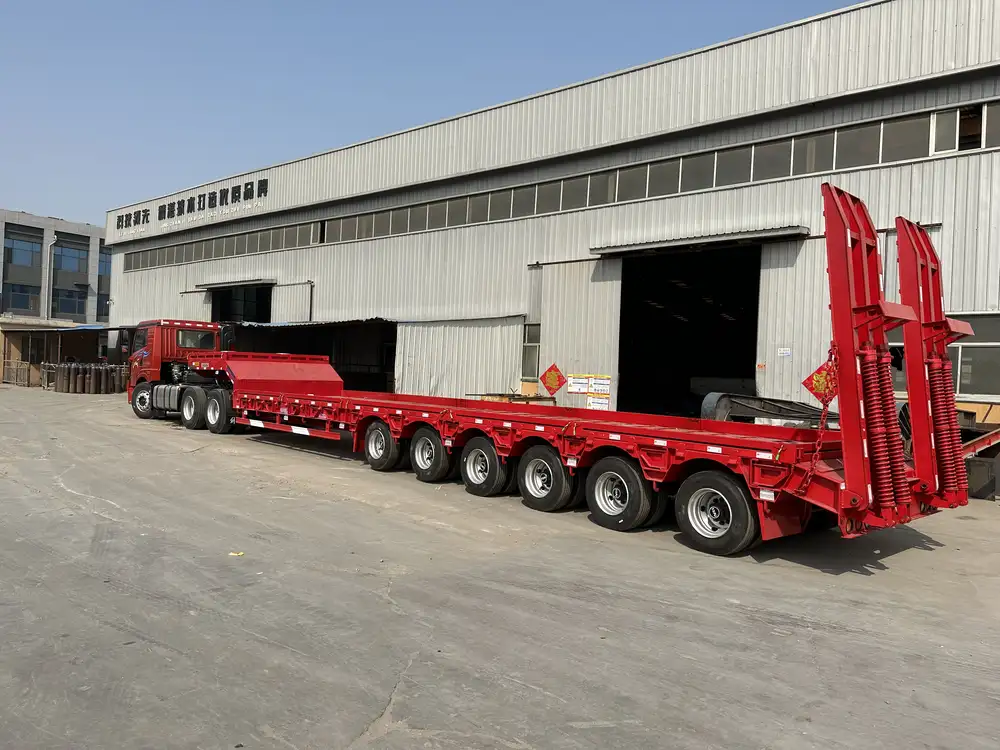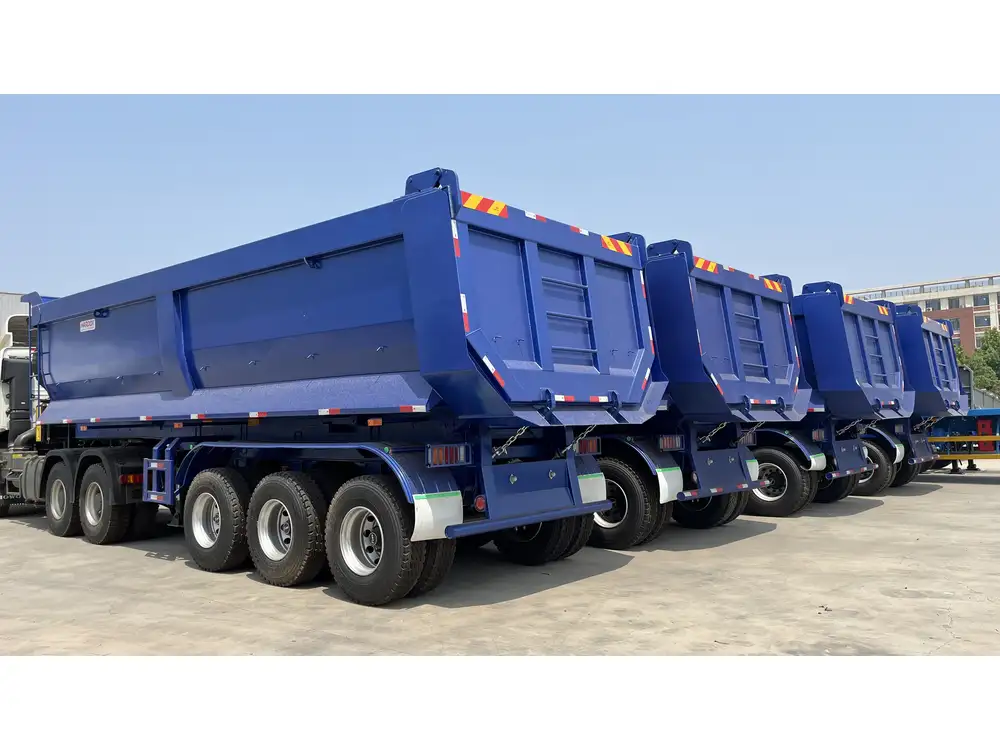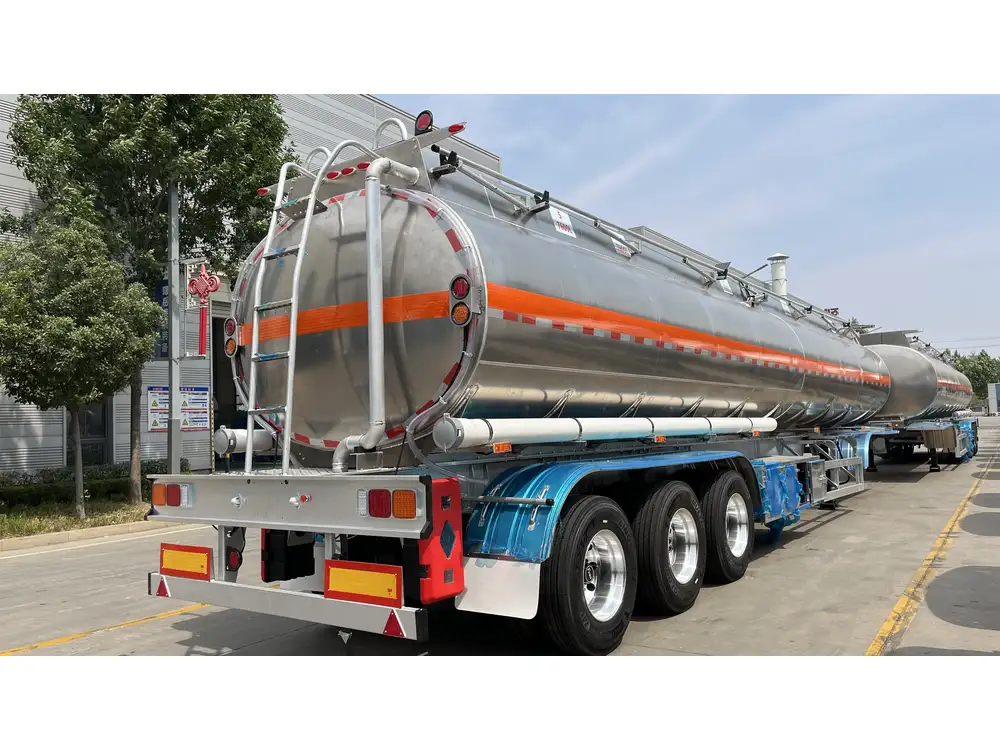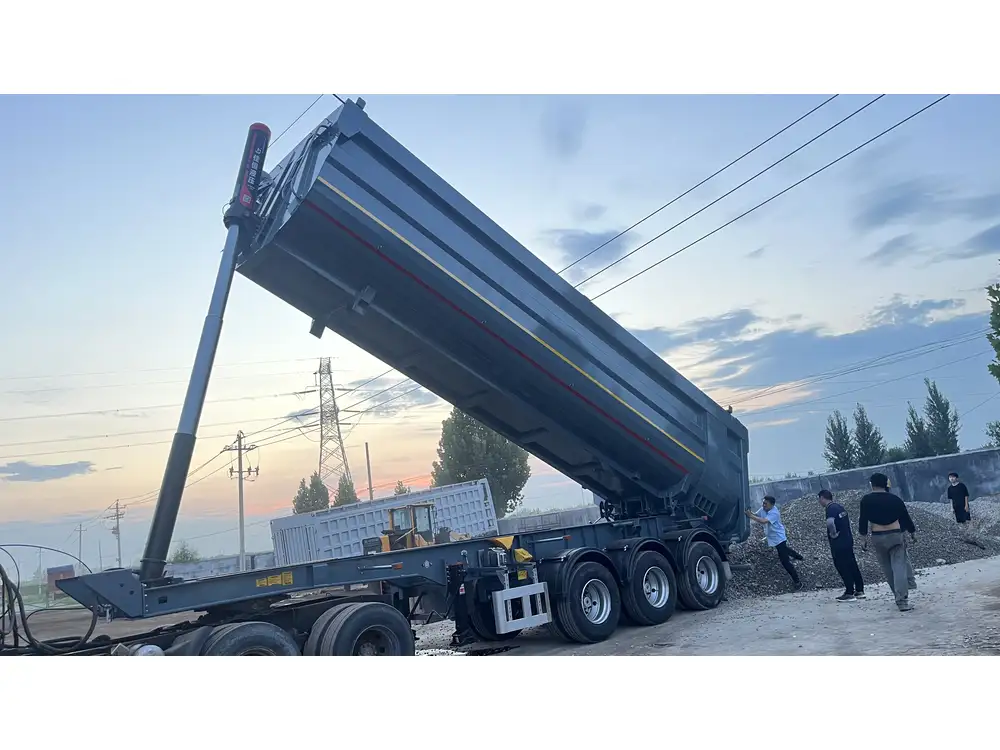In the world of logistics and transportation, a clear understanding of the dimensions of semi-tractor trailer trucks is critical for compliance, safety, and efficiency. One of the most frequently asked questions by fleet operators, truck manufacturers, and inspectors alike revolves around the width of semi-trailer trucks. The interior design of your operations can hinge on this specific measurement, which can greatly influence your cargo capacities, routing choices, and legal compliance.
The Legal Width of Semi-Tractor Trailer Trucks
The width of a semi-tractor trailer truck is a subject of extensive regulation, which varies across different jurisdictions. Generally, in the United States, a semi-tractor trailer truck can be up to 8.5 feet wide (or 102 inches). This standard width is crucial for several operational elements, including road safety, maneuverability, and cargo space.
Table: General Width Regulations by Region
| Region | Legal Maximum Width |
|---|---|
| United States | 8.5 feet (102 inches) |
| European Union | 2.55 meters (about 8.37 feet) |
| Canada | 2.6 meters (about 8.53 feet) |
| Australia | 2.5 meters (about 8.2 feet) |
The aforementioned table summarizes key regulations. It highlights how width limits can vary slightly depending on the jurisdiction, emphasizing the necessity for businesses to stay informed about the different requirements they need to adhere to, particularly if their operations span multiple regions.

Factors Affecting Truck Width and Compliance
The width regulation is not merely a static figure. Several factors influence this dimension, directly impacting transportation logistics and planning.
1. Type of Cargo
The nature of the cargo dictates the necessary dimensions of the trailer. For example:
- Standard Goods: These often fit within the legal width limitations, allowing full compliance.
- Oversized Loads: Specific permits are required for transporting loads exceeding the standard width, pressure on the transportation timeline, and increased costs come into play.
2. Trailer Type
The type of trailer directly affects its width. Common types include:
- Flatbed Trailers: Typically adhere to standard width regulations but may require oversized load permits for specialized equipment.
- Enclosed Trailers: Often provide more flexibility in load arrangement but must still conform to width regulations.

3. State-Specific Regulations
While federal law sets a baseline, certain states may impose even stricter width restrictions. It’s essential for operators to consult local transportation regulations that may impose unique requirements or allowances.
The Impact of Width on Safety
Operating a semi-tractor trailer truck fully compliant with width regulations is paramount for safety, for both the operator and the general public.
- Handling and Maneuverability: Wider trucks can present challenges in tight spaces. Having the legal knowledge enables organizations to optimize routing effectively.
- Collision Risks: Wider vehicles can increase the risk of side-swipe collisions, particularly on narrow roads or highways.
Width Measurement Techniques: Understanding Calibration
Measuring the width of a semi-tractor trailer truck accurately is vital. Various measurement techniques are employed, with emphasis on precision and compliance with weight regulations.

1. Physical Measurement
This method involves using tools such as measuring tapes or calipers to arrive at the precise width dimension.
2. Calibration Guidelines
Calibration methods may also account for how vehicles settle, often detailed in:
- Manufacturer specifications
- Industry standards for vehicle dimensions
- Load distribution scenarios
3. Importance of Proper Equipment
Utilizing appropriate equipment can eliminate discrepancies during measurement, ensuring compliance with regulations, thus avoiding fines or prohibitive interventions from enforcement agencies.

Best Practices for Navigating Width Regulations
For manufacturers and operators alike, establishing best practices to navigate width regulations is essential to safeguard business operations and maintain a competitive edge.
Regular Compliance Audits
Routine audits of vehicle dimensions can help in:
- Detecting any deviations in width
- Understanding accumulated wear over time that may impact width perception
Training and Certification for Operators
Investing in training programs ensures that all operators understand the implications of width regulations and are capable of executing their duties safely according to legal standards.

Leveraging Technology
Using fleet management software can streamline the following:
- Tracking measurements
- Scheduling regular audits
- Documenting compliance across different jurisdictions
Addressing Common Width-Related Questions
Why Is the Legal Limit 8.5 Feet?
Historically, the limit was established by balancing safety, efficiency, and infrastructure capabilities. It accommodates the needs of most hauls without posing undue risks on public roadways.

How Can a Business Stay Updated on Regulatory Changes?
Regularly revisiting resources such as state transportation departments, industry associations, and regulatory agencies can ensure businesses are always compliant and prepared for changes.
What If a Vehicle Exceeds the Legal Width?
Special permits may be required for oversize loads. These permits often include:
- Route restrictions
- Time limitations
- Additional fees
What Are the Consequences of Non-Compliance?
The penalties for operating an over-width vehicle can range from heavy fines and towing fees to loss of operating privileges, not to mention reputational damage.

Conclusion: Ensuring Safety and Compliance in Semi-Tractor Trailer Operations
In summary, understanding that a semi-tractor trailer truck can be up to 8.5 feet wide is vital for anyone involved in the transportation sector. However, awareness of local regulations, trailer types, and their corresponding widths is the bedrock of running a compliant and efficient operation. Adhering to these standards not only ensures safety but also introduces significant operational benefits by enhancing fleet management and logistics capabilities.
Through the integration of compliance audits, operator training, and benefiting from evolving technology, businesses can navigate the complex terrain of trailer width regulations effectively. As regulations evolve, staying informed will be the key to maintaining an efficient, lawful, and safe transportation operation that can adapt to the challenges of the road.



